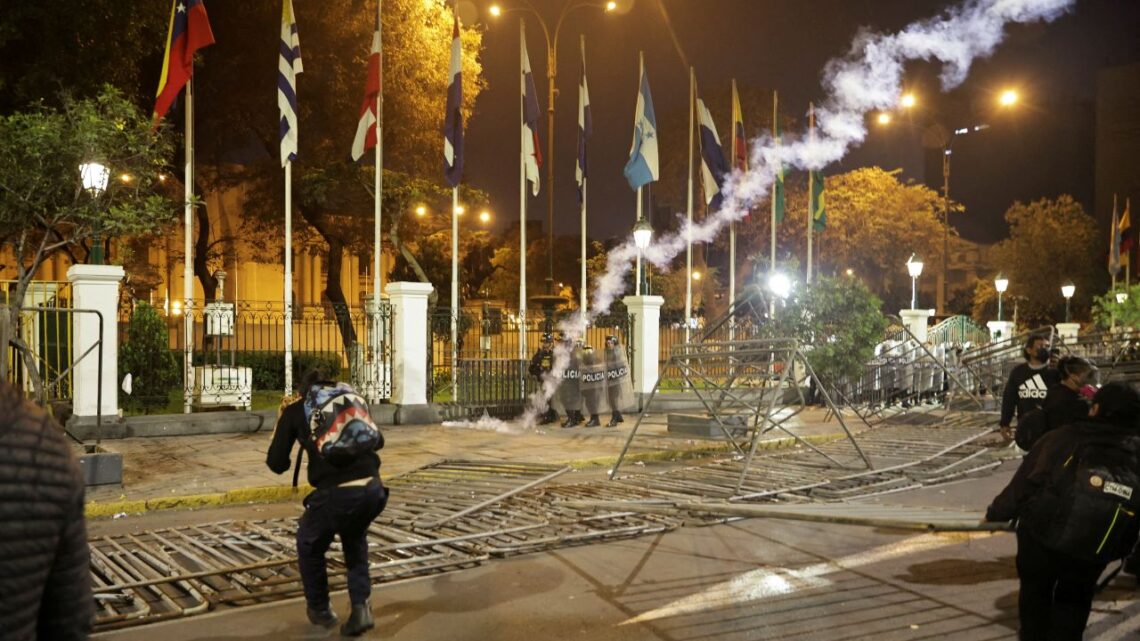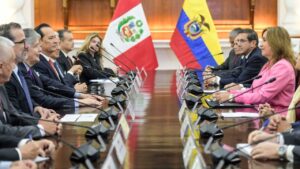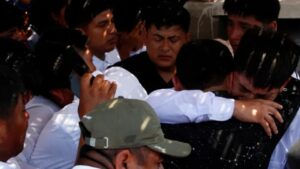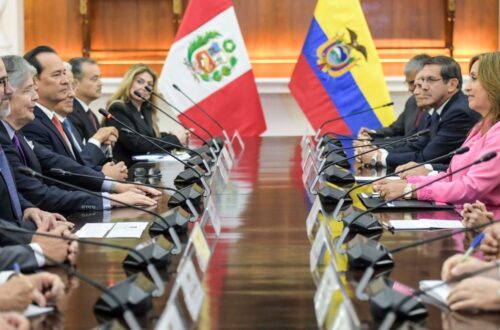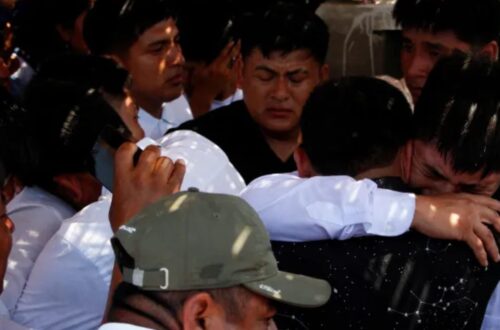With Peru heading toward general elections on April 12, 2026, the OECD is cautioning that mounting political uncertainty could erode recent economic gains.
The organization’s latest assessment highlights that while Peru’s macro fundamentals remain comparatively solid, prolonged instability can delay private investment, slow job creation, and weaken momentum just as recovery begins to take hold.
The Growth And Inflation Outlook
The OECD’s baseline points to GDP growth of 2.8% in 2025 and 2.6% in 2026, a modest pace that depends on a stable policy path.
Inflation is expected to remain within the central bank’s 1%–3% target range, preserving purchasing power and giving authorities room to support activity if needed.
What’s Driving The Risk
Peru’s political landscape remains highly fragmented, with 40+ parties vying for power and a higher chance of divided mandates.
That fragmentation complicates the execution of medium-term structural reforms—from skills and education to SME finance and formalization—that Peru needs to lift productivity and reduce inequality.
The OECD also flags that fiscal discipline has softened in recent years; with tax revenues near 17% of GDP, the state has limited resources to expand social protection, boost public investment, and meet climate adaptation needs.
Mining, Investment And Confidence
Peru retains significant strengths: it is one of the world’s top copper producers, a pillar for exports, the currency, and public revenues.
But the benefits of mining hinge on policy certainty, permitting clarity, and community dialogue that prevents disruptions.
The OECD’s message is straightforward: credible rules and predictable institutions are vital to convert commodity strength into broader economic growth.
What The OECD Recommends
- Human Capital: Improve education outcomes and workforce skills to raise productivity.
- SME Finance & Formalization: Expand credit access, cut red tape, and incentivize formal jobs to widen the tax base.
- Climate Resilience: Accelerate adaptation and invest in infrastructure and renewables to reduce long-run risks.
- Fiscal Credibility: Re-anchor to the fiscal rule and prioritize efficient social spending to tackle poverty and inequality.
- Institutional Stability: Ensure smooth electoral processes, transparent policy roadmaps, and effective coalition-building after the vote.
Election Context And What To Watch
The 2026 vote will renew the presidency and a bicameral Congress—a 60-seat Senate and 130-seat Chamber of Deputies. Markets will track:
- Campaign platforms on growth, tax policy, and public investment;
- Signals on regulatory stability for mining and infrastructure;
- The next administration’s first-100-days agenda on skills, SMEs, and fiscal anchors.
Peru’s Latest Macro Snapshot
| Indicator | 2025 | 2026 | Why It Matters |
|---|---|---|---|
| GDP Growth (OECD) | 2.8% | 2.6% | Points to a steady but fragile recovery contingent on stability |
| Inflation (CPI) | 1%–3% range | 1%–3% range | Staying within the BCRP target supports real incomes |
| Tax Revenue / GDP | ~17% | ~17% | Limits fiscal space for social and productive spending |
| Congress Structure | — | 60 senators / 130 deputies | New bicameral setup affects lawmaking and reforms |
| Party Landscape | — | 40+ parties | High fragmentation raises policy execution risk |
Peru enters the electoral season with enviable macro anchors and strong mining fundamentals, but success hinges on credibility and continuity.
By recommitting to fiscal discipline, advancing skills and SME reforms, and speeding climate adaptation, policymakers can safeguard economic gains and unlock faster, more inclusive growth—regardless of the political configuration that emerges in 2026.

